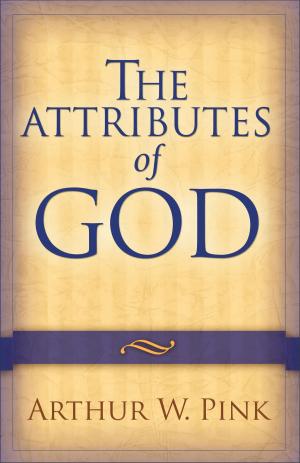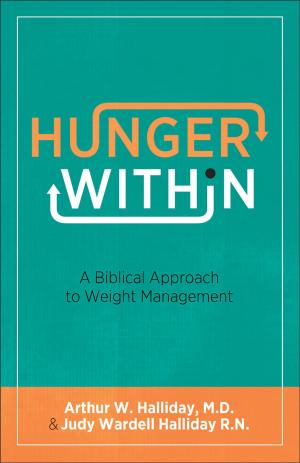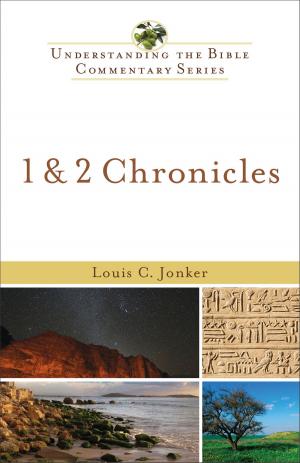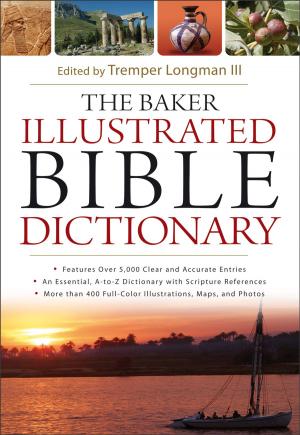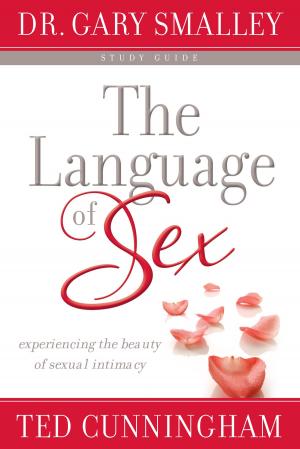Scripture
An Ecumenical Introduction to the Bible and Its Interpretation
Nonfiction, Religion & Spirituality, Bible & Bible Studies| Author: | ISBN: | 9781441241658 | |
| Publisher: | Baker Publishing Group | Publication: | September 1, 2005 |
| Imprint: | Baker Academic | Language: | English |
| Author: | |
| ISBN: | 9781441241658 |
| Publisher: | Baker Publishing Group |
| Publication: | September 1, 2005 |
| Imprint: | Baker Academic |
| Language: | English |
Most Bible introductions are the product of a single person or present only one perspective. Written by and for people from a variety of faith traditions, this distinctive introduction represents the work of fifteen Protestant and Catholic scholars--all members of the same theological faculty, but representing a diversity of backgrounds and approaches.
Part I introduces the Bible itself: its library-like character; its geography, history, and archaeology; the books of each Testament; important noncanonical books; the Bible's various Jewish and Christian forms; and its transmission and translation.
Part II covers the interpretation of the Bible at various times, in various traditions, and for various reasons: in the premodern period and in the modern and postmodern eras, including recent critical, theological, and ideological approaches; in Protestant, Catholic, Orthodox, and African-American churches; and for spiritual growth, social justice, and Christian unity. Offering helpful insight into how Christians (and others) have agreed and disagreed in their approaches to the Bible, it provides students with a clear, succinct introduction to Scripture as divine and human word.
Most Bible introductions are the product of a single person or present only one perspective. Written by and for people from a variety of faith traditions, this distinctive introduction represents the work of fifteen Protestant and Catholic scholars--all members of the same theological faculty, but representing a diversity of backgrounds and approaches.
Part I introduces the Bible itself: its library-like character; its geography, history, and archaeology; the books of each Testament; important noncanonical books; the Bible's various Jewish and Christian forms; and its transmission and translation.
Part II covers the interpretation of the Bible at various times, in various traditions, and for various reasons: in the premodern period and in the modern and postmodern eras, including recent critical, theological, and ideological approaches; in Protestant, Catholic, Orthodox, and African-American churches; and for spiritual growth, social justice, and Christian unity. Offering helpful insight into how Christians (and others) have agreed and disagreed in their approaches to the Bible, it provides students with a clear, succinct introduction to Scripture as divine and human word.


